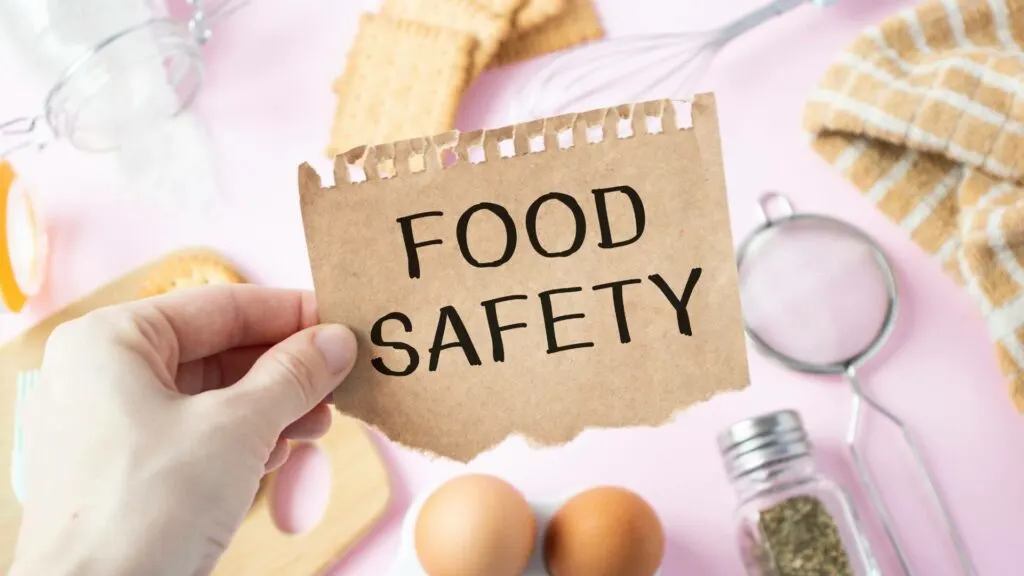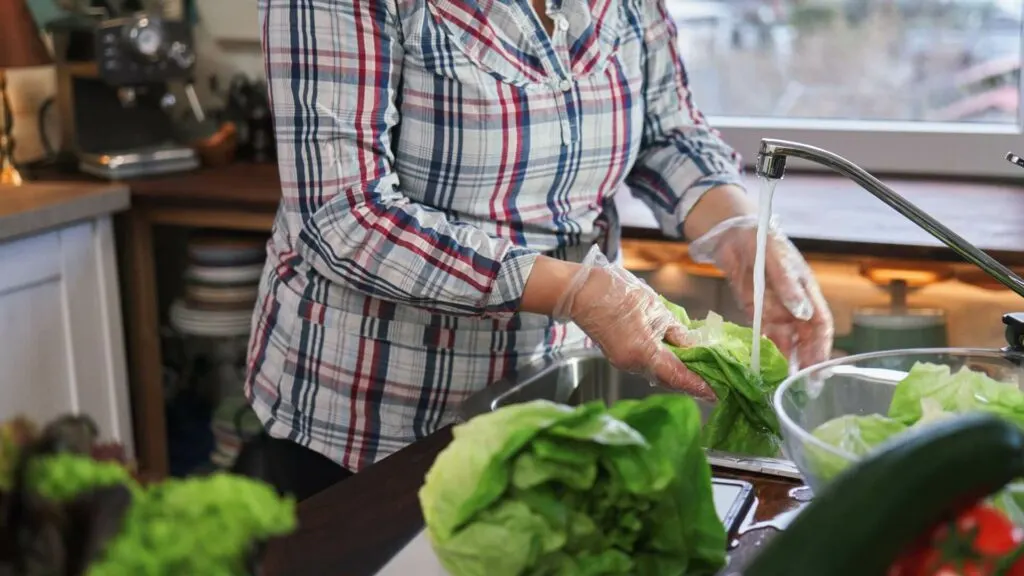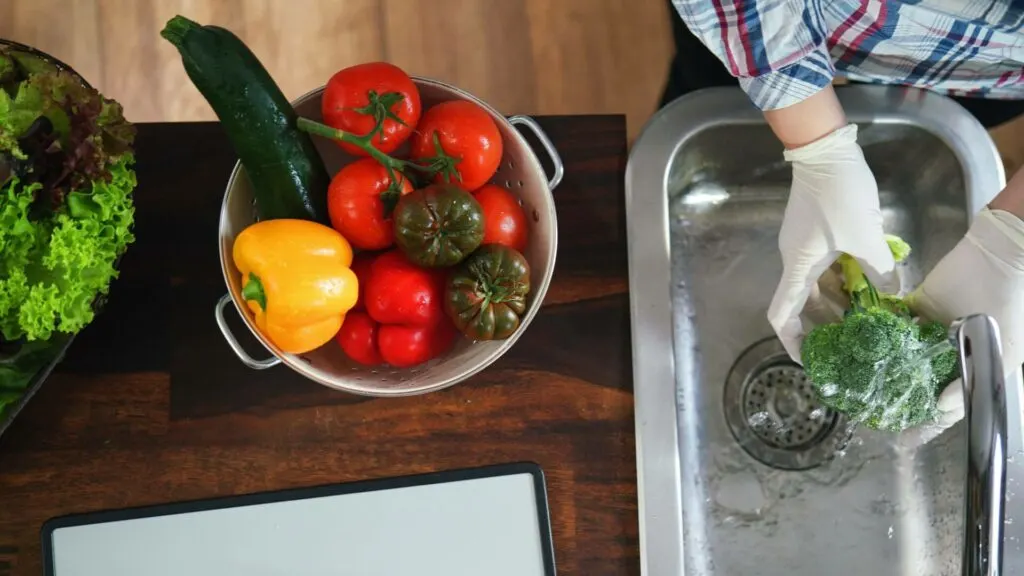Listeriosis outbreaks associated with leafy greens have heightened concerns about food safety and public health. Listeria monocytogenes, a bacterium commonly found in soil and water can contaminate leafy greens during various stages of production, processing, and distribution. Understanding the factors contributing to these outbreaks and evaluating food safety protocols are crucial steps in mitigating the risks posed by contaminated greens. In this article, we will assess listeriosis outbreaks linked to leafy greens and explore the effectiveness of food safety protocols in preventing contamination.

Understanding Listeriosis Outbreaks:
Listeriosis outbreaks occur when multiple cases of illness are traced back to the consumption of contaminated food products. Leafy greens, such as spinach, lettuce, and kale, have been implicated in several outbreaks of listeriosis in recent years. Listeria monocytogenes, the bacterium responsible for listeriosis, can survive and thrive in various environments, including refrigerated conditions, making it challenging to control its spread in the food supply chain.
Contributing Factors to Outbreaks:
Several factors contribute to the occurrence of listeriosis outbreaks linked to leafy greens:
- Agricultural Practices: Listeria contamination can occur during the cultivation of leafy greens, with factors such as contaminated irrigation water, animal feces, or improperly composted materials contributing to the risk. Poor hygiene practices among farmworkers and equipment can also introduce Listeria to agricultural fields.
- Processing and Packaging: Listeria can be introduced to leafy greens during processing and packaging, where cross-contamination from equipment, surfaces, or workers may occur. Inadequate sanitation practices in processing facilities increase the risk of Listeria contamination.
- Refrigeration and Storage: Improper refrigeration and storage practices during transportation, distribution, and retail display can create conditions conducive to Listeria growth in leafy greens. Temperature fluctuations and extended storage durations increase the risk of bacterial proliferation and contamination.

Assessing Food Safety Protocols:
To prevent listeriosis outbreaks and ensure the safety of leafy greens, various food safety protocols and preventive measures are in place:
- Good Agricultural Practices (GAPs): GAPs encompass a set of guidelines and practices aimed at minimizing the risk of microbial contamination during agricultural production. These practices include proper sanitation of equipment and facilities, monitoring of irrigation water quality, and worker hygiene training.
- Good Manufacturing Practices (GMPs): GMPs focus on ensuring hygienic conditions in food processing facilities to prevent contamination and ensure product safety. These practices involve regular cleaning and sanitizing of equipment, maintaining proper temperature controls, and implementing pest control measures.
- Hazard Analysis and Critical Control Points (HACCP): HACCP is a systematic approach to identifying and controlling hazards throughout the food production process. By implementing HACCP plans, food manufacturers can identify critical control points where potential contamination may occur and implement preventive measures to mitigate risks.
- Regulatory Oversight: Regulatory agencies, such as the Food and Drug Administration (FDA) in the United States and the European Food Safety Authority (EFSA) in Europe, play a crucial role in overseeing food processing standards and enforcing regulations. Regular inspections, sampling, and testing of leafy greens and other fresh produce help ensure compliance with food safety requirements.

Listeria Outbreaks: Leafy Greens & Food Safety
Contaminated greens pose significant risks to public health, highlighting the importance of robust food safety protocols and preventive measures. By addressing factors contributing to listeriosis outbreaks and implementing effective food safety practices, stakeholders can work together to minimize the risk of contamination and ensure the safety of leafy greens for consumers. Through collaboration, regulatory oversight, and continuous improvement, we can mitigate the health risks associated with listeriosis outbreaks and maintain confidence in the safety of our food supply.

Jessi is the creative mind behind The Coffee Mom, a popular blog that combines parenting advice, travel tips, and a love for all things Disney. As a trusted Disney influencer and passionate storyteller, Jessi’s authentic insights and relatable content resonate with readers worldwide.
